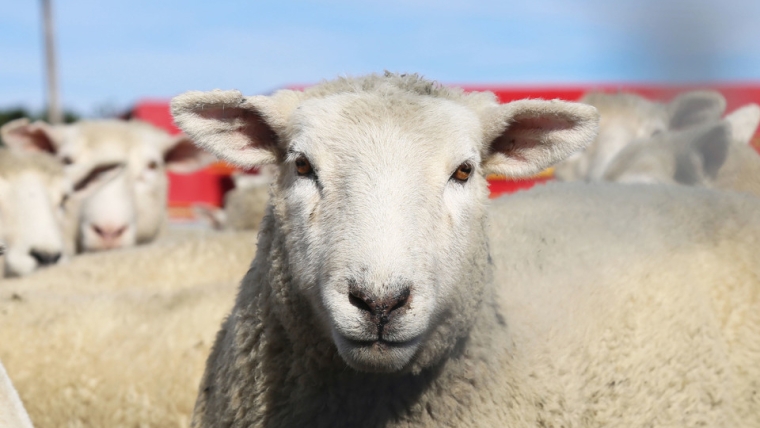
Despite the continuing stresses the COVID news rolls out, dairying provides the bright lights. This time the news came from Synlait with the lifting of their forecast price from $6.40 per litre to $7.20. The earlier price was lagging behind Fonterra’s current range of $6.70 - $7.30 but it is pleasing to see the catch-up, plus a bit of cream on top.
Considering much of the backstop supporting milk prices comes from China and they are also having issues containing their latest outbreak any future forecasts must come with a severe caveat. However, Synlait’s National Milk Supply Manager David Williams commented: “Despite the wider global uncertainty, dairy commodity prices have remained robust and a higher forecast base milk price will be welcomed by our Synlait farmer suppliers.”
Also just being released is an upgrade of the Westpac milk price outlook. They have added another 50cents on to their forecast lifting it to $7.50 per kg MS.
The ’new’ upgrade to the China and New Zealand free trade agreement is going to smooth the way to getting product over the border. Timber products and more perishable ones are the bigger winners.
Timber has had additional products added to FTA list and tariffs have been removed and for fresh products time spent at the border are to be reduced and compliance made easier. Dairy products are having to wait a little longer with many products getting tariffs lifted later this year and Whole Milk Powder, which makes up a major portion of dairy exports to China not getting tariffs removed until 2024.
An area that received an upgrade was around “Originating Goods”. I have assumed this covers labelling and the right to be able to claim products as being produced in New Zealand. It is an area I have always felt needs considerably tightened as the current ability of ‘firms’ to import product from overseas and with limited additional transformation are able to re-export as “Made in New Zealand”. This, I believe, puts many ‘genuine’ New Zealand products at risk of having their reputations being undermined. Given the high cost of compliance New Zealand producers must endure any strengthening of their position should be welcomed.
Unfortunately, from my reading of the ‘update’ little change in this area seems to have been made to have improved this issue. (Section c covers this).
Article 3 Originating Goods
Unless otherwise indicated in this Section, a good shall be considered as originating in a Party when:
(a) the good is wholly obtained or produced in the territory of a Party as set out and defined in Article 4 of this Chapter, including where required to be so under Annex 5;
(b) the good is produced entirely in the territory of one or both Parties, exclusively from materials whose origin conforms to the provisions of this Section; or
(c) the good is produced in the territory of one or both Parties, using non originating materials that conform to a change in tariff classification, a regional value content, a process requirement or other requirements specified in Annex 5, and the good meets the other applicable provisions of this Section.
Almost 12 months ago (18th January 2020) concern was being expressed about the favourable status USA farm exports were going to receive in getting access into China as part of the redressing of the trade imbalances. Fast forward to now and New Zealand farmers on most fronts appear to be doing better than most and the threat to date does not seem to have eventuated. However, with the distortions to trade created by COVID, getting a clear picture is always difficult.
On the meat schedule front, little has been revealed for next week as yet, however, SFF have joined Alliance from last week and brought the Venison schedule back (-10c). The week's wool sales results have shown little gains for most classes. The gap between good and lesser lines appears to have grown.
Judging by the local sale yard results, prices for stock is holding up well. Prime blackface ewes at Coalgate were only $1 off hitting the $300 mark. As with wool, the gap from good to lesser lines is spreading.
The news for cherry growers hasn’t got any better with news of the threat of COVID being transmitted on imported cherries. The bulk of cherries going into China come from Chile and Australia, so presumably if their assumptions are correct Chile is the likely culprit. However, consumers are rapidly switching off purchasing cherries for Chinese New Year and prices are plummeting.

We welcome your comments below. If you are not already registered, please register to comment
Remember we welcome robust, respectful and insightful debate. We don't welcome abusive or defamatory comments and will de-register those repeatedly making such comments. Our current comment policy is here.